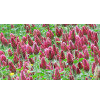
How to fertilize your vegetable patch?
Categories : Latest news
How to fertilize your vegetable patch?
The soil of your vegetable garden must be nourished: if it is not it, the plants which grow there are likely to encounter growth problems ... And you, having to say goodbye to your harvest! Here are our tips for providing the earth with all the nutrients it needs to play its role as a “pantry”.
Bring organic soil to the soil
Organic amendments are composted materials which, once incorporated into your soil, improve its quality over the long term.
Their aim is both to aerate the soil, to make it more stable and more fertile. The soil will thus be able to fully play its nourishing role, will retain water better and will be more easily drained.
Organic amendments fall into two main families:
Nitrogenous materials, which are so-called "green" and moist materials, such as fruit and vegetable peelings, grass clippings, cow or horse manure, etc. ;
And carbonaceous materials, that is to say so-called "brown" and dry materials, such as dead leaves, dry hay, sawdust, twigs, etc.
The good news is that if you compost your waste, you won't have to look far: the compost contains both nitrogenous and carbonaceous materials, and it is a very good organic amendment - free, which more East !
All you need to do, once a year - in the fall if you have ripe compost, or in the spring if it is young compost - is to spread it on the surface of the earth.
Be careful, the compost should not be buried more than 20 cm deep ... It will be much more effective if it is incorporated on the surface!
Use green manure as a supplement
A green manure is a plant that is grown in the vegetable garden, not to harvest it but to mow it, let it decompose, and thus improve the quality of the soil and protect it from bad weather.
The principle is simple: during their growth, these plants fill up with nutrients, which they store. It is only after they have broken down that they return these elements to the earth. Leaves, stems, roots, are thus transformed into humus, extremely rich and favorable for crops.
However, the use of green manure has other advantages: on the one hand, the soil is protected from wind, sun and rain, which can in turn cause erosion, drought and leaching. On the other hand, the cultivation of green manure promotes the presence of insects, which are essential for biodiversity.
Green manures are classified into three main families:
Legumes (spring pea, white clover, alfalfa, lupine, etc.);
Crucifers (mustard, rapeseed, shuttle, etc.);
Grasses (oats, rye, ryegrass, etc.).
Some other plants are recommended for the interest they present when used as green manure: buckwheat, which cleans the soil of its weeds, spinach which has the advantage of covering the soil, and phacelia, honey plant that attracts insects.
Set up a crop rotation system
If the soil in your vegetable garden is an important reservoir of nutrients - nitrogen, phosphorus, potassium, calcium, etc. -, not all plants that grow there have the same nutrient requirements.
If you always plant or sow the same varieties in the same place, the soil may become poorer ... And your yield will decrease! Here is why it is recommended to set up a crop rotation system.
To do this, divide the vegetable garden into several plots and change the different groups of vegetables grown from one year to the next. This will allow you not to grow the same plant in the same place for two consecutive years.
Vegetables are generally classified as follows:
Root or bulbous vegetables (carrots, radishes, celery, garlic, onion, etc.), which do little but present the risk of exhausting the soil;
Fruit vegetables (tomatoes, melons, zucchini, eggplant, etc.), generally very greedy in nutritive elements and which require an important compost contribution;
Leaf vegetables (lettuces, leeks, cabbage, etc.), which require a lot of nitrogen;
Seed vegetables (beans, peas, beans, etc.), considered as improving plants because they fix nitrogen in the soil thanks to their roots;
Perennial vegetables (artichokes, asparagus, spices, etc.), which can stay in the same place for several years in a row.
Install organic mulch
Covering the soil with organic mulch will also increase its fertility. The earth will thus be more alive, loose and airy.
However, the structure of your mulch is important: if you choose a mineral mulch or a mulch cloth, you will prevent weeds from growing, but not bring material to the ground since these elements will not degrade with the weather.
Instead, favor mulch such as hemp, cocoa bean hulls, dead leaves or pine bark, matching the type of mulch with the plants grown and their needs.
Vegetable seeds, mulching cloths, garden equipment ... Go to Multitanks.com to find all our products.
Share this content

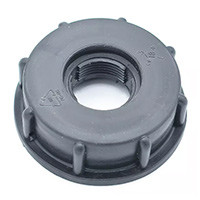
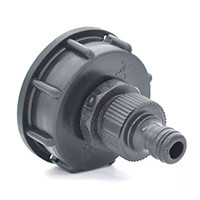

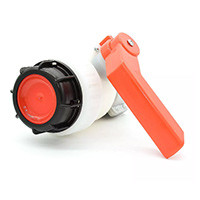

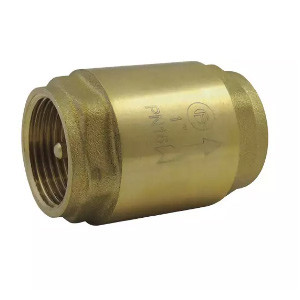
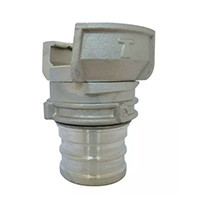
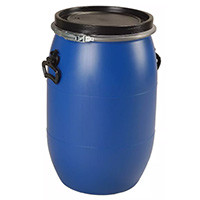
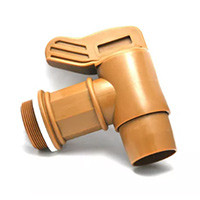
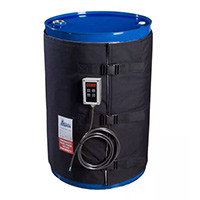
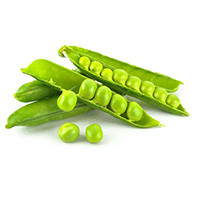

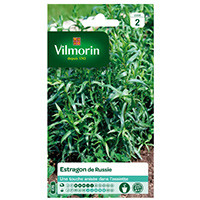

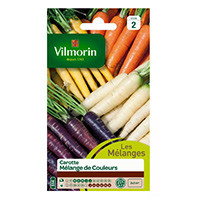



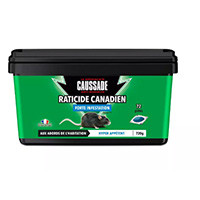
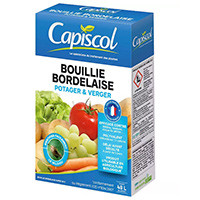

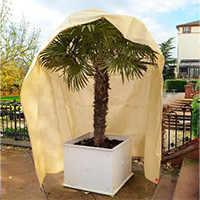


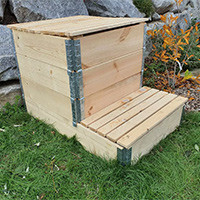
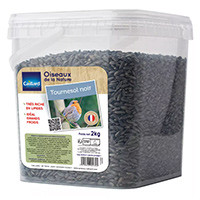
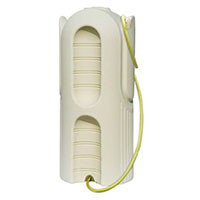
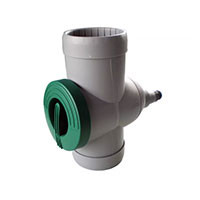

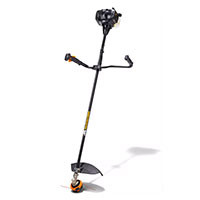
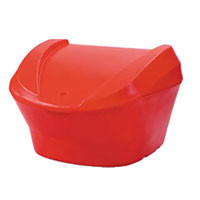
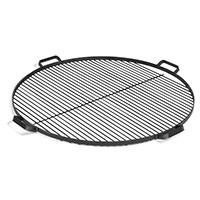
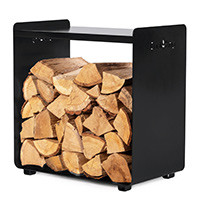
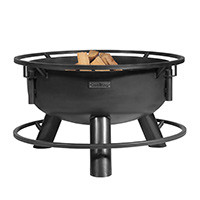
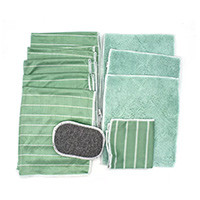
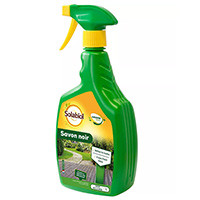

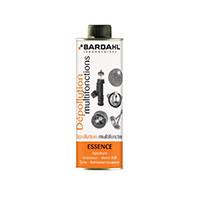
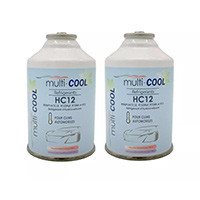
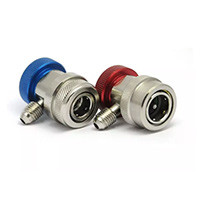

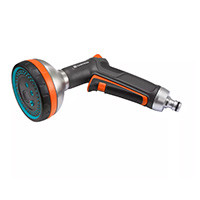
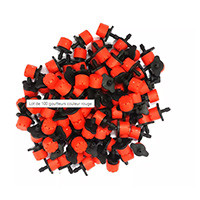

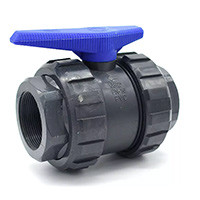
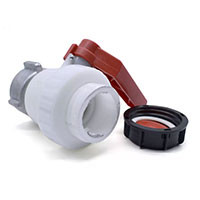
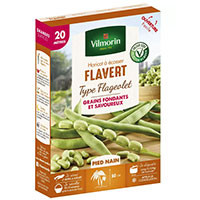
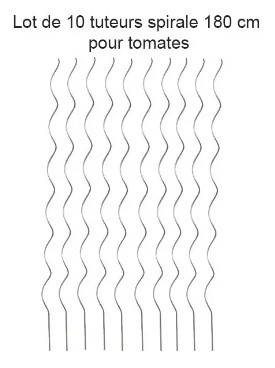
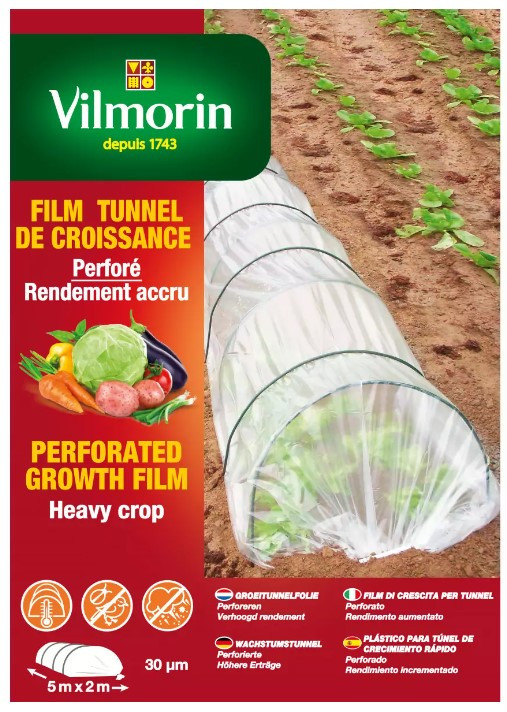
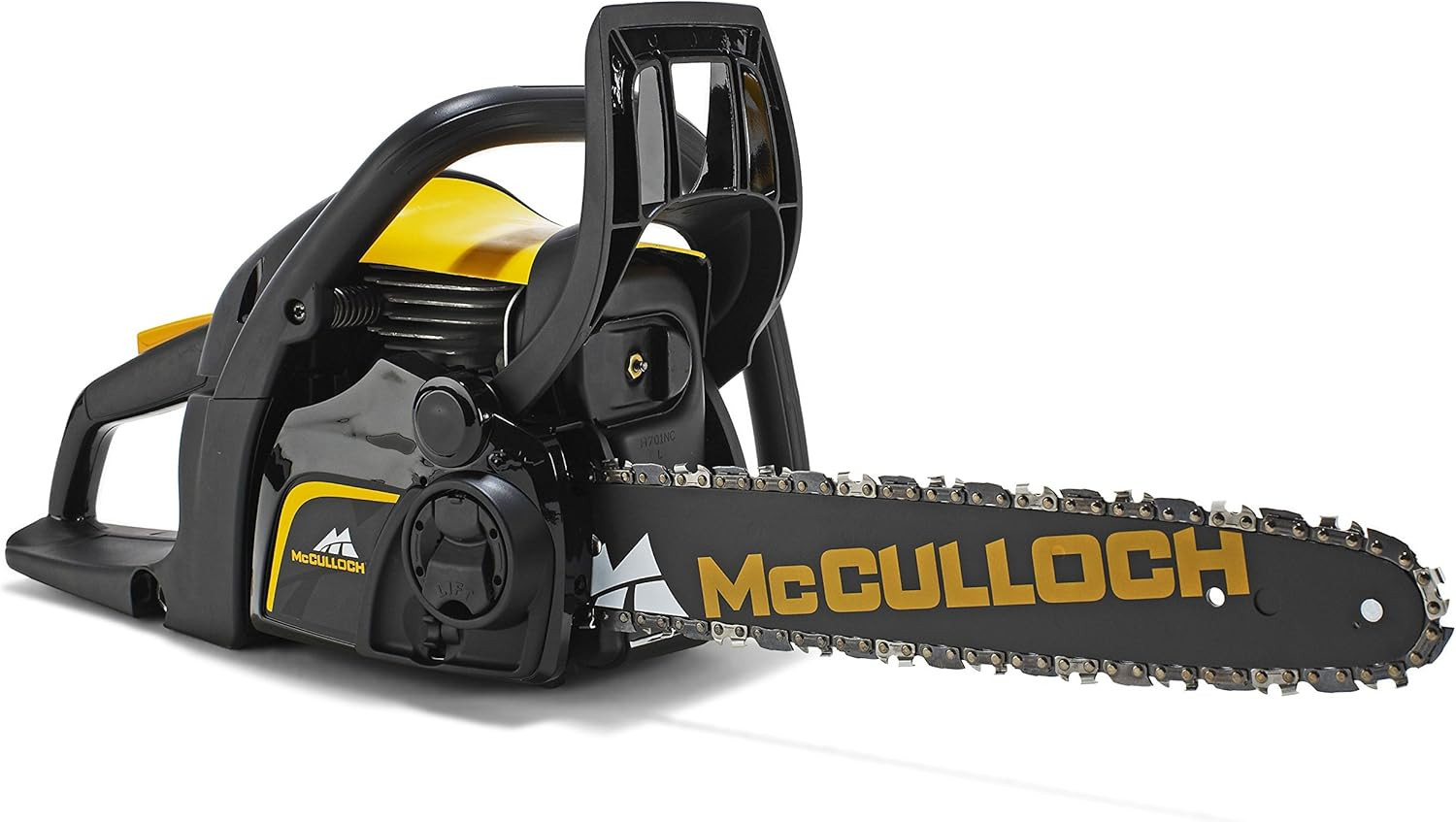
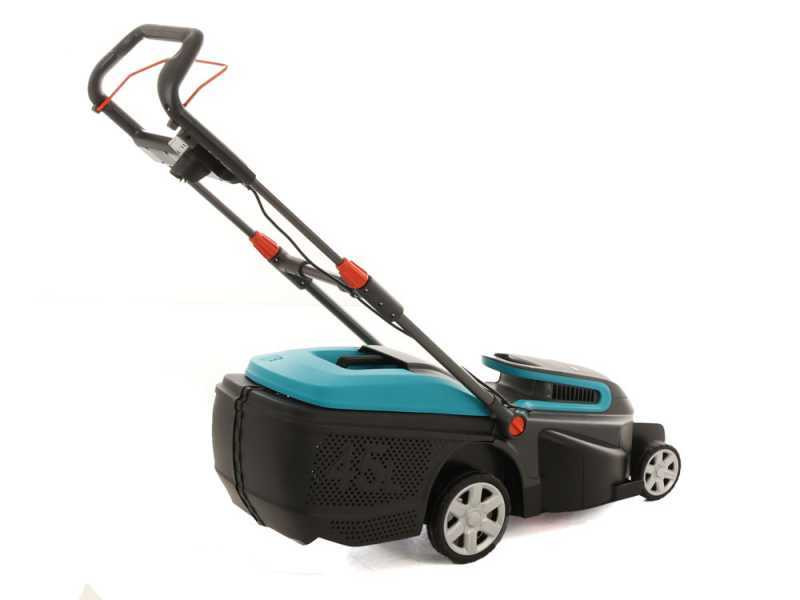



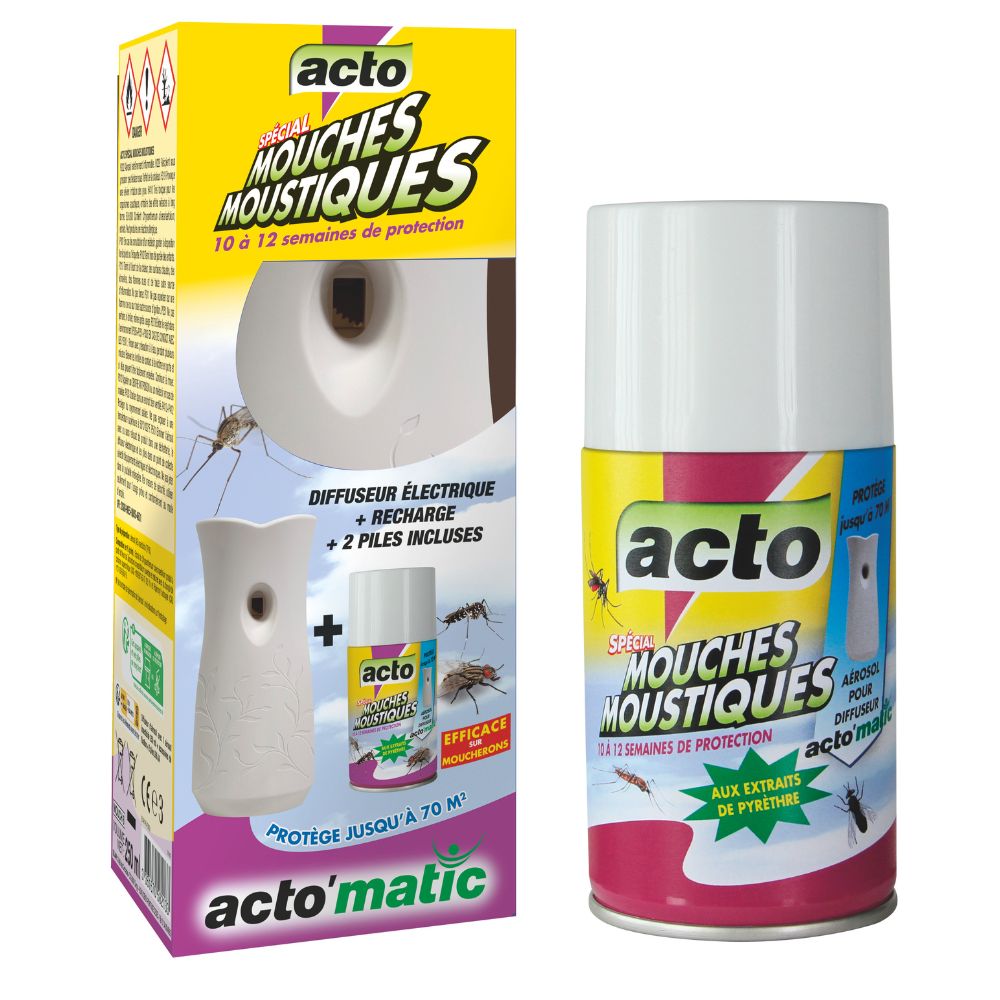
_688cc30f83e4e.jpg)



